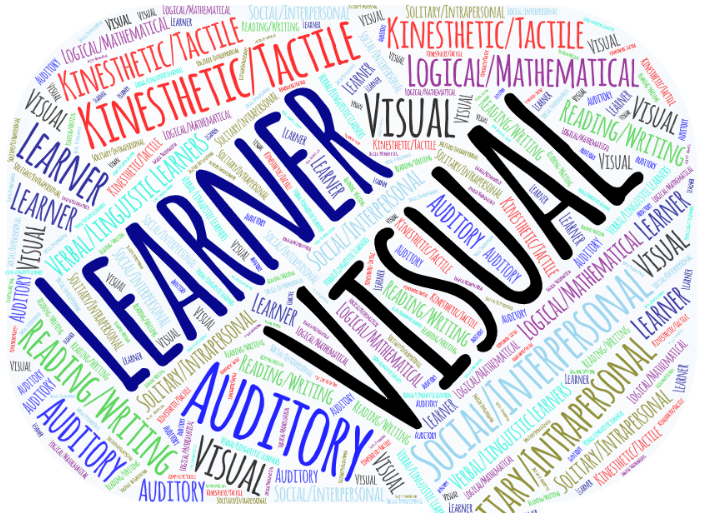Dr Arun Prakash
As we journey through the intricate landscape of education, it becomes abundantly clear that every child possesses a unique combination of talents, preferences, and quirks. The seasoned academician and educational administrator, with over four decades of experience, welcomes you to explore the art of tailoring support for children’s diverse learning styles and needs. This article, penned for parents, new teachers brimming with enthusiasm, and inquisitive students, embarks on a voyage to demystify the realm of learning styles in a simple, conversational manner.
Understanding the Tapestry of Learning Styles
At the heart of this exploration lies the concept of learning styles. These are the distinct ways in which individuals process information and grasp new concepts. Just like how each person has a favourite colour or food, each child has a predominant learning style that resonates with them. It’s like discovering the optimal route to absorb knowledge effectively.
Imagine a classroom where children don’t just share a grade but also a unique way of learning. Meet Vishu, a lively fifth grader who thrives when he listens to spoken words. Vishu’s teacher noticed his heightened engagement during story time and class discussions. As Vishu’s parent, you might observe his knack for absorbing information from audiobooks. This is a classic example of an auditory learner – someone who comprehends best through sound.
Diverse Learners, Diverse Needs

Now, let’s address a common query: can one learning style be sufficient for a child, or is a combination of styles necessary? The answer lies in the beautifully diverse nature of children. No two children are identical in their learning preferences. While Vishu might flourish as an auditory learner, Riya, his classmate, might find her stride through visual aids like diagrams and videos.
Contrary to what we might assume, the uniqueness of children extends beyond their learning styles. Children possess distinctive strengths, challenges, and passions. To illustrate, consider Rahul, a teenager who excels in solving complex math problems but struggles to express himself verbally. Rahul’s gift lies in logical-mathematical intelligence, while his classmate Aisha shines in linguistic intelligence, effortlessly weaving words into compelling narratives.
Unearthing the Treasures of Uniqueness
Recognizing these nuances in children requires keen observation and empathy. As a parent, teacher, or student, embark on a journey of discovery. Engage in conversations, witness their interactions, and identify the moments when their eyes light up. These are the breadcrumbs leading to their unique learning paths.
As our seasoned educator aptly puts it, “The beauty of education lies in embracing each child’s individuality, helping them carve a path that suits them best.”
Navigating the Seas of Learning Styles
In a classroom brimming with diverse learners, crafting a tailor-made learning strategy might seem daunting. However, the secret lies in flexibility and experimentation. Vishu’s teacher, Mrs. Kumar, takes this to heart. She combines auditory elements with visual aids during her lessons, allowing students like Vishu and Riya to thrive together.
Let’s not forget the crucial role of parents in this journey. Your involvement is invaluable. Talk to your children, encourage them to explore various study techniques, and be their sounding board. Remember, the ultimate goal is to help them unearth their innate potential.
Empowering with Tailor-Made Strategies

But how does one prepare a tailor-made learning strategy? It’s a blend of observation, trial and error, and constant communication. Vishu’s parents, for instance, could offer him podcasts on different subjects to gauge his interest. They might also provide him with transcribed versions to cater to his learning style while enhancing his visual connection.
In the words of the seasoned academician, “A tailored learning strategy is like a custom-made suit – it fits perfectly and empowers the wearer.”
The Collaborative Symphony of Growth
As parents, teachers, and students embark on this journey, remember that collaboration is key. Regular conversations among parents and teachers can unearth insights that might have remained hidden. Anecdotes of successful strategies and amusing discoveries can be shared, adding a touch of humour and camaraderie to the learning process.

As we unravel the intricate threads of learning styles, let us embrace the diversity that coloures every classroom. Just as no two strokes of a painter’s brush are identical, each child’s learning journey is uniquely their own. Let us empower our children to learn in ways that resonate with them, so they can paint the canvas of their future with the hues of their individuality.
So, here’s to the Vishus and Riyas, the Rahuls and Aishas – each child a masterpiece in their own right, with a learning style as unique as a fingerprint. As we join hands to nurture these varied styles, we ensure that education truly becomes a symphony of growth, celebrating the harmony of differences.